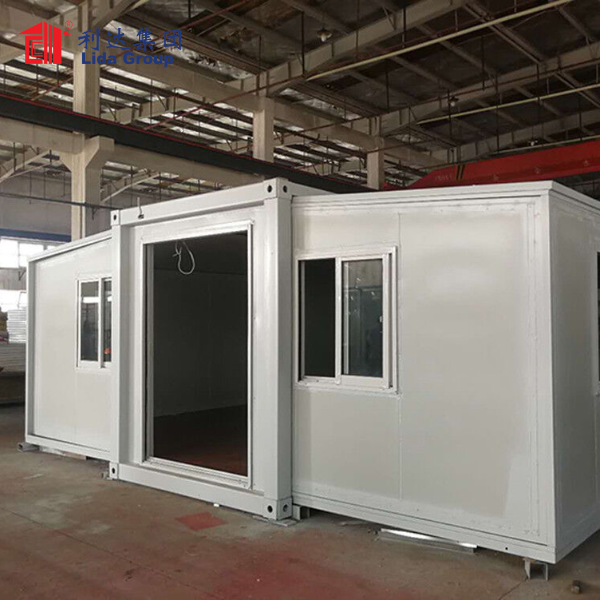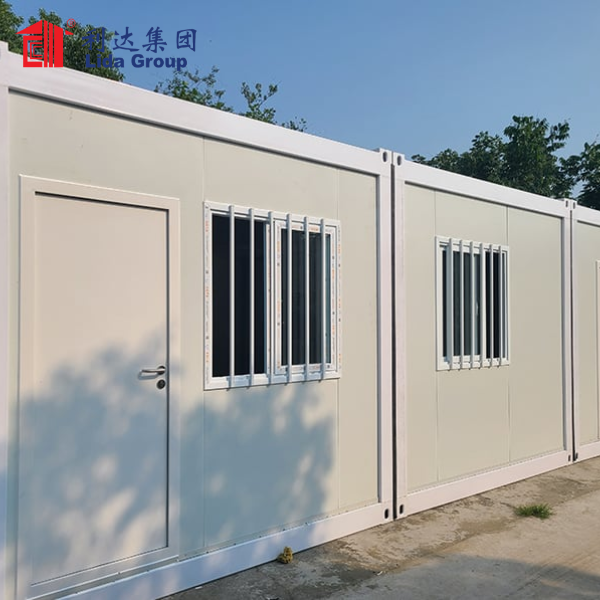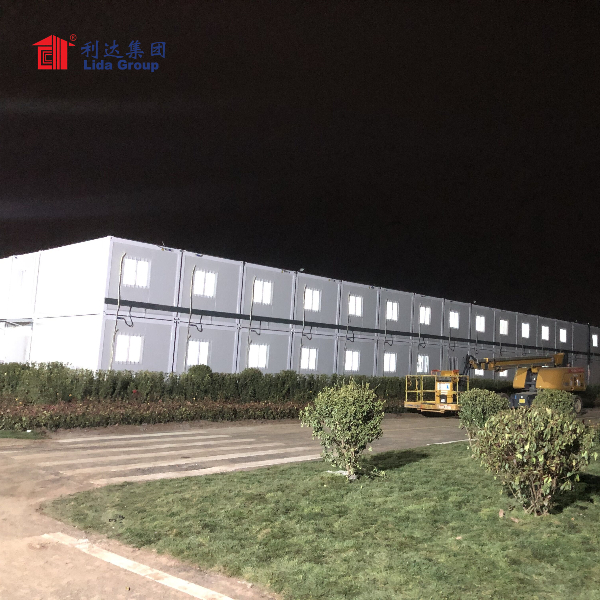Introduction:
In recent years, the concept of sustainable living has gained significant traction as the world grapples with environmental challenges and the need for resource conservation. Lida Group, a renowned provider of container solutions, is spearheading the movement towards sustainable communities with their innovative container house designs. These container houses offer a unique combination of affordability, versatility, and eco-friendliness, making them an ideal solution for building sustainable communities. This article explores Lida Group’s container houses, delving into their sustainable features, potential impact on community development, and the transformative possibilities they bring to the future of sustainable living.
- Lida Group’s Container Houses: A Sustainable Living Solution
1.1 Repurposing Shipping Containers:
Lida Group’s container houses are built by repurposing shipping containers, offering a sustainable alternative to traditional construction methods. By utilizing existing containers, these houses reduce the demand for new building materials and minimize waste generation. Repurposing shipping containers also helps alleviate the problem of surplus containers that would otherwise contribute to landfills. Lida Group’s commitment to repurposing these containers showcases their dedication to sustainable practices and reducing environmental impact.
1.2 Energy Efficiency:
Energy efficiency is a key component of Lida Group’s container houses. These houses are designed with insulation and ventilation systems that optimize energy consumption. The use of high-quality insulation materials helps maintain comfortable indoor temperatures while reducing the need for excessive heating or cooling. Additionally, these houses can be equipped with energy-efficient appliances and lighting systems, further reducing energy consumption. Lida Group’s container houses not only promote energy conservation but also help homeowners save on utility costs.
1.3 Integration of Renewable Energy:
To enhance their sustainability, Lida Group’s container houses can be integrated with renewable energy systems. Solar panels can be installed on the roofs of these houses, harnessing the power of the sun to generate clean and renewable energy. This integration allows homeowners to reduce their reliance on conventional power sources, lower carbon emissions, and contribute to a greener environment. The flexibility of container house design enables the seamless integration of renewable energy technologies, making them a truly sustainable living solution.
1.4 Water Conservation:
Water scarcity is a global concern, and Lida Group’s container building address this issue through innovative water conservation measures. These houses can be equipped with water-efficient fixtures such as low-flow faucets, showerheads, and toilets, significantly reducing water consumption. Rainwater harvesting systems can also be incorporated, allowing homeowners to collect and store rainwater for various non-potable uses such as irrigation and cleaning. By promoting responsible water usage, Lida Group’s container houses contribute to sustainable water management practices.
- Impact on Community Development:
2.1 Affordable Housing:
Access to affordable housing is a pressing issue in many communities worldwide. Lida Group’s container houses provide an affordable housing solution that is both sustainable and cost-effective. The use of repurposed shipping containers reduces construction costs, making these houses more affordable than traditional housing options. The affordability of Lida Group’s container houses opens up opportunities for individuals and families to own their homes, fostering stability, and promoting community development.
2.2 Rapid Housing Solutions:
In times of crisis or disaster, the need for rapid housing solutions becomes paramount. Lida Group’s container houses offer a quick and efficient response to such situations. These houses can be prefabricated off-site, minimizing construction time and enabling rapid deployment. In emergency scenarios, container houses can be quickly transported and assembled, providing immediate shelter for affected individuals. The speed and ease of deployment make Lida Group’s container houses invaluable for disaster relief efforts and community resilience.
2.3 Versatile Community Spaces:
Container houses also have the potential to transform community spaces. By stacking and arranging containers, innovative designs can create multi-functional community centers, schools, healthcare facilities, and other public spaces. The modular nature of container houses allows for flexibility in design and layout, enabling the adaptation of spaces to meet the changing needs of the community. Lida Group’s container houses provide a platform for the development of sustainable and community-centric infrastructure.
2.4 Sustainable Neighborhoods:
Lida Group’s container houses play a crucial role in the development of sustainable neighborhoods. These houses can be clustered together to form cohesive communities that prioritize sustainability and environmental consciousness. Shared resources such as community gardens, rainwater harvesting systems, and renewable energy infrastructure can be integrated into these neighborhoods, promoting a sense of collective responsibility and fostering sustainable practices. Lida Group’s container houses lay the foundation for the creation of sustainable neighborhoods that prioritize community well-being and environmental stewardship.
- The Future of Sustainable Living:
Lida Group’s container houses represent a glimpse into the future of sustainable living. As communities strive to reduce their environmental impact and promote sustainable practices, container houses offer a practical and scalable solution. The future of sustainable living holds immense potential, and Lida Group is at the forefront of this movement.
3.1 Advancements in Sustainable Design:
Advancements in sustainable design will continue to shape the future of container houses. Integration of smart technologiessuch as energy monitoring systems, automated climate control, and advanced waste management systems will further enhance the efficiency and sustainability of container houses. These advancements will enable homeowners to have greater control over their energy consumption and waste generation, leading to more sustainable lifestyles.
3.2 Collaboration and Innovation:
Collaboration between architects, designers, engineers, and communities will drive innovation in container house design. By sharing knowledge and expertise, stakeholders can work together to develop new and improved sustainable features for container houses. This collaborative approach will foster innovation and result in the creation of even more sustainable and livable communities.
3.3 Policy Support and Awareness:
Government policies and regulations that support sustainable housing initiatives will be crucial in shaping the future of container houses and sustainable communities. Encouraging incentives, subsidies, and green building certifications can promote the adoption of container houses and other sustainable housing solutions. Additionally, raising awareness about the benefits of container houses and sustainable living practices will empower individuals and communities to make informed choices that contribute to a more sustainable future.
Conclusion:
Lida Group‘s container houses are revolutionizing the way we think about sustainable communities. By repurposing shipping containers, integrating renewable energy systems, promoting water conservation, and fostering community development, these houses offer a holistic and environmentally conscious solution to housing challenges. The impact of Lida Group’s container houses extends beyond individual homes and has the potential to transform entire neighborhoods, promoting sustainability, affordability, and resilience. As we look to the future, container houses represent a viable and scalable option for building sustainable communities and creating a better world for generations to come.
Post time: Sep-25-2023



